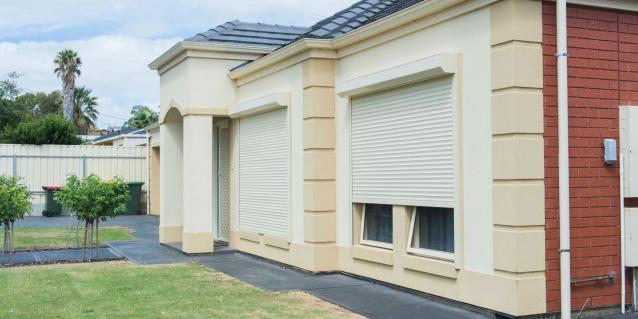
Waterproofing
By HOUSPECT Building and Pest Inspections|June 04, 2018
Why it’s important to go the extra mile when waterproofing?
Building codes are in place to ensure new and existing builds meet the appropriate standards of quality and safety. When it comes to key aspects such as waterproofing, however, it’s worth exceeding the minimum requirements of the code in order to achieve true peace of mind.
Water damage can have a huge impact on your home and repair bills can run into thousands of dollars if not more. In order to save yourself from potentially costly repairs, it’s worth thinking about what you could be doing to make your home more waterproof in areas of high exposure to water / moisture. While there are codes and standards in place when it comes to waterproofing, they give you what is known as the ‘minimum expected level’ of protection. Through times of excessive exposure, the ‘minimum level’ may not be enough to prevent potentially extensive damage.
Where might additional waterproofing be required?
The wet areas are the key place to start. These areas are defined as having a supply of water, so generally speaking any bathrooms, kitchens or washrooms are where you have wet areas. In these areas, it’s vital that you have a capable waterproofing system in place to provide you with enough protection against water penetration and leaks.
What is a waterproofing system?
A waterproofing system is not the same as damp proofing. Effective waterproofing systems combine coatings with structures and membranes – all of which have been specifically designed to act against water penetration. A quick look at the waterproofing standard will tell you that wet areas and wet walls are required to have sufficient waterproofing in place. By simply exceeding the required minimum amount of waterproofing, such as completely waterproofing a wet wall, you can benefit from a higher level of protection.
Reducing the risk
The big advantage of exceeding waterproofing codes is that it helps to reduce risk. If, for example, you’re renovating a building, by exceeding the code and applying a waterproof membrane to an entire wet wall, it means the risk of water penetration is greatly reduced. This is especially true over time. Walls that only have the minimum level of protection are far more likely to suffer from water penetration and leaks over several months and years, which can lead to damaging the overall integrity of the property, as well as its value.
Building codes are in place to ensure new and existing builds meet the appropriate standards of quality and safety. When it comes to key aspects such as waterproofing, however, it’s worth exceeding the minimum requirements of the code in order to achieve true peace of mind.
Water damage can have a huge impact on your home and repair bills can run into thousands of dollars if not more. In order to save yourself from potentially costly repairs, it’s worth thinking about what you could be doing to make your home more waterproof in areas of high exposure to water / moisture. While there are codes and standards in place when it comes to waterproofing, they give you what is known as the ‘minimum expected level’ of protection. Through times of excessive exposure, the ‘minimum level’ may not be enough to prevent potentially extensive damage.
Where might additional waterproofing be required?
The wet areas are the key place to start. These areas are defined as having a supply of water, so generally speaking any bathrooms, kitchens or washrooms are where you have wet areas. In these areas, it’s vital that you have a capable waterproofing system in place to provide you with enough protection against water penetration and leaks.
What is a waterproofing system?
A waterproofing system is not the same as damp proofing. Effective waterproofing systems combine coatings with structures and membranes – all of which have been specifically designed to act against water penetration. A quick look at the waterproofing standard will tell you that wet areas and wet walls are required to have sufficient waterproofing in place. By simply exceeding the required minimum amount of waterproofing, such as completely waterproofing a wet wall, you can benefit from a higher level of protection.
Reducing the risk
The big advantage of exceeding waterproofing codes is that it helps to reduce risk. If, for example, you’re renovating a building, by exceeding the code and applying a waterproof membrane to an entire wet wall, it means the risk of water penetration is greatly reduced. This is especially true over time. Walls that only have the minimum level of protection are far more likely to suffer from water penetration and leaks over several months and years, which can lead to damaging the overall integrity of the property, as well as its value.



